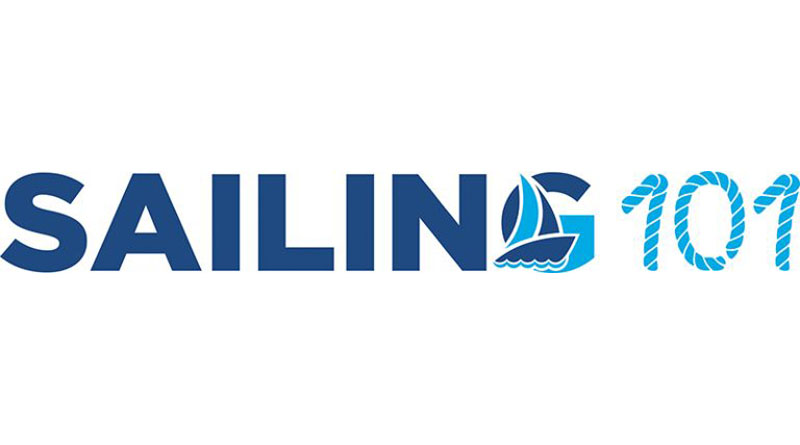Sailing 101: Defining a Regatta
Ahoy sailors, if you needed some definition or even convincing to explore the world of regattas, look no further. This article is for you and will give you a general idea of what you’re getting yourself in store for.
Have you ever wondered or even considered what it would be like to participate in a regatta? Then continue reading. Regatta is a word that was first documented as a gondola race in Venice, Italy. Initially, the word regatta was used to define the general name for boat competitions since the 18th century. Today regattas have expanded, including rowing, canoeing, windsurfing, and sailing. Regatta sailing is a very complex, worldwide sport but remains very popular among amateurs, leisure sailors, and professionals.
A sailing regatta, by definition, is a sporting event consisting of a series of boat or yacht races. The competition was formerly a defined route driven by a minimum of two boats within a given period. Some competitions may be less than an hour or while others may take up to several months. A differentiation is made between single-class regattas, where only boats of the same class are allowed. However, some regattas allow boats of different classes to compete against each other.
Different courses are assigned, and the athletes must race off of it depending on the classification of the race. A regatta typically has several different races, and individual results are determined according to a fixed formula to determine a winner. In contrast to a traditional scoring system, the sailors with the fewest points are awarded better placement.
Regatta participants strive to cross the finish line first. However, speed is not the only deciding factor for victory in these diverse races. Strategy and tactics used by the individual sailors are a strong contributing qualification to becoming the winner. The successful execution of tactical maneuvers, accurate observation of the opponent, and assessment of wind directions will determine whether the sailor can sail faster and reach the finish line first. All the while, the sailors must still abide by various rules, which referees determine on water and a jury on land.
Before starting a regatta, a skipper meeting is held for tenders to spell out the essentials and requirements of the regatta. Following registration, the parties are given thorough sailing instructions, including the announcement, rules, and signals. However, to qualify for participation in a regatta, registration and applications are only some of the tasks at hand. Sailors need to be able to read their boat like the back of their hands and know precisely how a tactical situation on the water needs to be manipulated in order to work to their advantage.
Participating in a sailing regatta isn’t always easy on the wallet. Aside from the price tag that hangs from a sailboat, equipment, insurance and transport, registration fees, and participation fees are also added to the tab. For example, participating in a regatta on a level such as America’s Cup can get you a bill for millions, but it all depends on the regatta. Nevertheless, many national and international sailing regattas allow sailors to partake in the event of a much cheaper caliber and with normal means.


